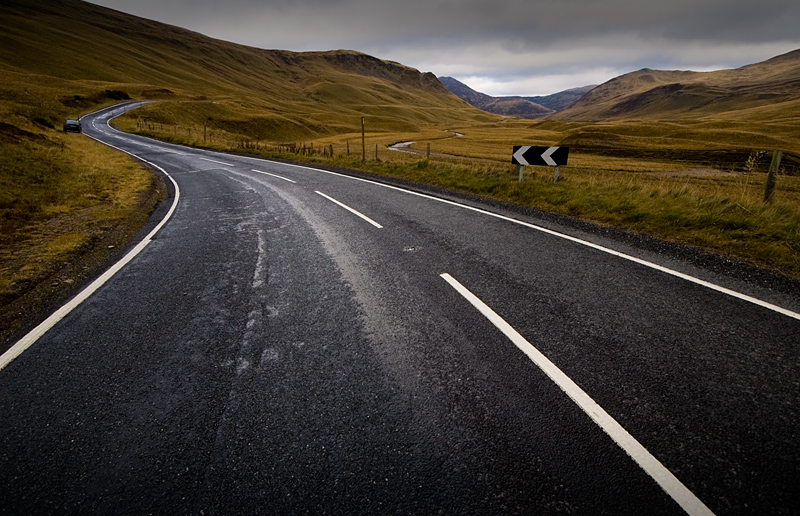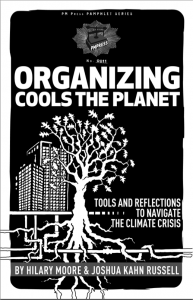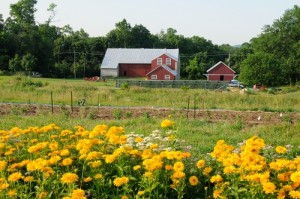In a discussion about climate change with my father, I mentioned the dire circumstance of Earth’s future and the necessity for change on a global scale. He smiled at me and said with a shrug “Heather, they were saying that stuff when I was at school. And look, nothing happened, we are still fine and we will continue to be fine”. I hate to admit it, but my father is a climate-change-denier.
Denial is a trait that we all share and exhibit to varying degrees, which can ultimately lead to procrastination. When a hard-to-grasp or difficult situation arises, it’s easy to ignore the major issue and focus on the smaller ones. In regard’s to climate change, human’s hamartia (fatal flaw) is denying that climate change is an issue, leading to the worldwide procrastination of changing our high-energy consuming lifestyles. Fencer R. Weart discusses this dilemma through the historical analysis of scientist’s climate change discoveries in his book “The Discovery of Global Warming”.
Surprisingly enough, as far back at 1896, scientists already understood that global warming was occurring and human activities were responsible for contributing to atmosphere’s imbalance. Meaning that the academic world has been aware of climate change for 118 years and there has only been an increase in fossil fuel emissions. It seems that as a race we are in severe denial about what is going on with our planet and the implications we are causing for ourselves for two major reasons. One reason is that climate change is a long-term issue that so far has not required immediate attention. At least in American society, it seems that people would rather concentrate on the internal issues, such as gun laws and health care. These issues are important, but are more short term rather than long term. Even though, the effects of global warming have not drastically affected our daily lives, there will be consequence for future generations around the world due to longevity of the feedback cycle.
The other reason is due to the orchestration of science is based on theory and uncertainties. People value certainty for when something is unsure it allows for people to believe there is another possible outcome or that action is not required because it COULD not happen. For example, if the weather report predicts 100% chance of rain, then one will most likely wear a rain jacket; but if the report predicts for 50% chance of rain, one will most likely ignore the report. A problem that requires immediate attention will often receive action because it’s easier to act upon something that is more concrete. Throughout human history, the uncertainties have affected the credibility of climate change. Even though, that’s how science works, people were able to foster in the unknown and say that even the professionals don’t know what is occurring.
When an issue is not set in stone and is at a global scale that requires an immense change in lifestyle, it is understandable why dealing with climate change has been pushed to the back- burner for over a hundred years. However, if we continue this extensive error in judgment about global warming, it could lead to our ultimate downfall.









